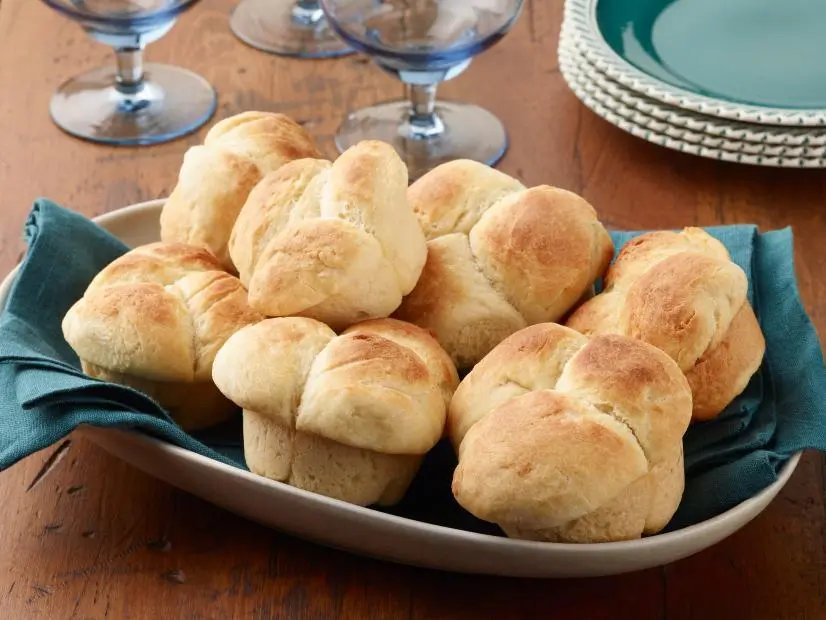Ingredients
Equipment
Method
- In a standing mixing bowl with dough hook, dissolve yeast in warm water. Let sit until lightly foamy, then stir in sugar and add egg, salt, warm milk, and 4 ounces of butter. Slowly add 5 cups flour, adding more as needed to make an elastic dough. Mix well, then roll out to floured surface and knead dough for about 5 minutes.
- Place dough in buttered bowl, cover with towel, and set in a warm place to rise until double in bulk, about 1 hour.
- Lightly oil the muffin pan. Punch down dough and form dough into 1-inch balls. Place 3 balls in each muffin tin. Fill muffin pan, cover with towel, and allow to rise an additional 1/2 hour.
- Preheat oven to 425 degrees F.
- Brush with remaining melted butter. Bake in preheated oven for 10 to 15 minutes, until golden brown.
Notes
1. Ensure your warm water for yeast activation is precisely around 110°F (43°C); too hot will kill the yeast, too cool will hinder its activity. 2. Scalding the milk (heating it almost to a boil, then cooling) is key for a tender crumb as it denatures proteins that can interfere with gluten development. Always cool it to warm before combining with yeast. 3. Flour amounts can vary; add gradually until the dough is elastic and slightly tacky, avoiding excessive flour which leads to dry rolls. 4. For optimal rising, provide a warm, draft-free environment during both proofing stages.
